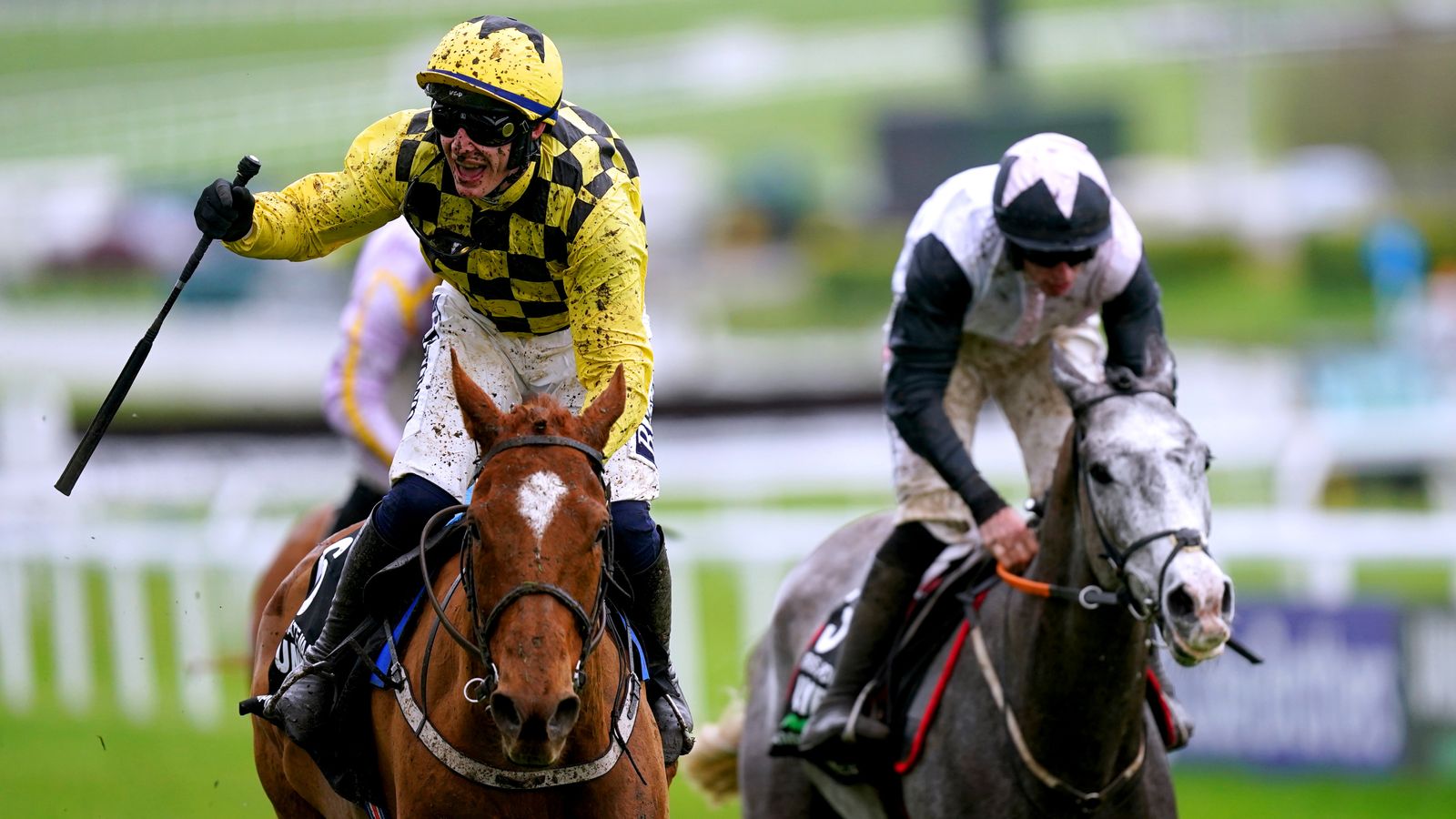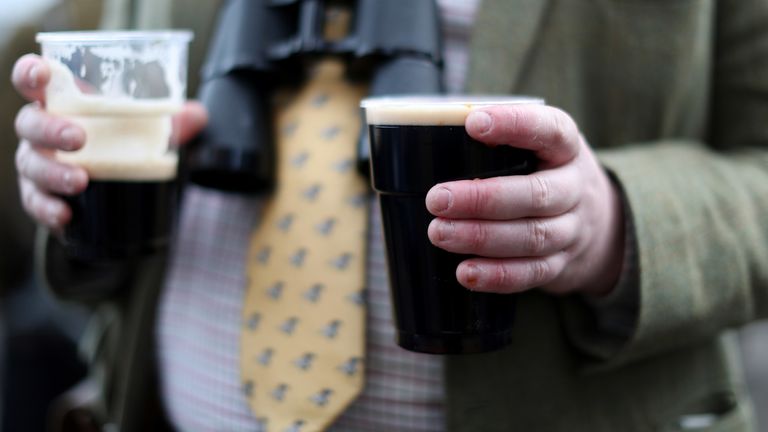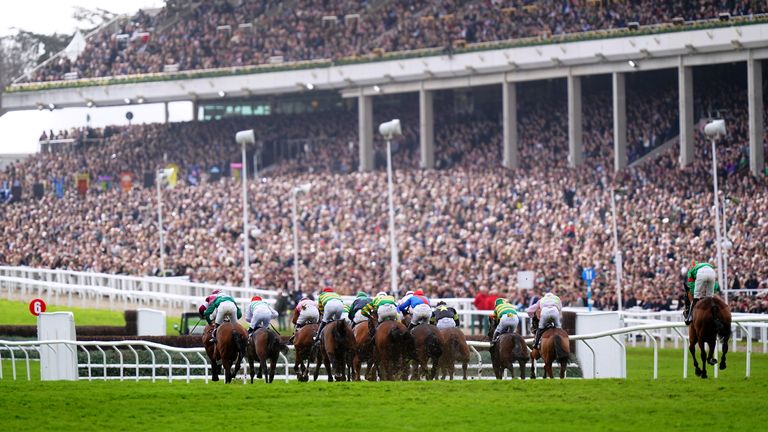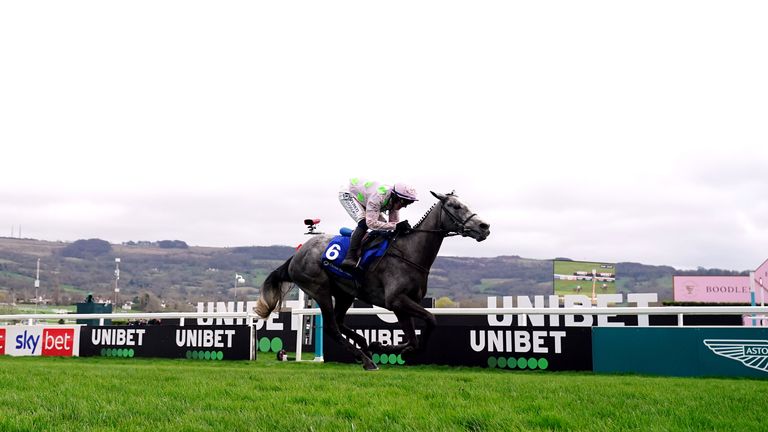
It is always darkest before the dawn. In the days leading up to the most recent Cheltenham Festival, the headline of this column was ‘The Cheltenham Festival is approaching the brink’.
The words may have seemed dramatic, but they were chosen carefully. They sought to sum up what was feared to be the imminent culmination of many years of alarms being sounded and deep concerns being expressed around the direction of travel of the Cheltenham Festival as National Hunt racing’s main event.
Some had hoped the main danger had passed in 2022 after the Jockey Club had been talked down from the ledge of making what would have been a catastrophically bad decision to extend the meeting to five days.
However, a combination of an uninspiring season, the absence of some of the sport’s biggest players and weaker-than-expected ticket sales threatened to ruthlessly expose the consequences of allowing the race programme of the Cheltenham Festival to become so grossly diluted since the meeting was extended to four days in 2005.
Everyone is entitled to their own feelings and opinions, but for me it was the flattest Cheltenham Festival I have experienced in over 20 years in the game.
I was far from alone in feeling that way. Coupled with disappointing attendances and a flood of complaints regarding the customer experience, last year’s Cheltenham Festival really did feel like it had to be a watershed moment for the meeting.
The calls for change grew louder than ever and the hope was the Jockey Club and BHA would have to take action.
New-look National Hunt Chase a welcome change
Following a lengthy consultation process, the Jockey Club has announced a series of changes that seek to address some of the most pressing concerns about the Cheltenham Festival.
So, what to make of it all? It won’t come as a surprise to anyone that my focus is on the changes to the race programme.
In terms of the priority list of areas that demanded addressing in the race programme, the novice chases would have been right at the top of the list for many. Three Grade Ones and a Grade Two was clearly far too many, enabling so much ducking, diving and dilution that so frustrates the fanbase that wants to see the best racing against the best.
The Jockey Club has dealt with the matter in precisely the way I had hoped they would by replacing the Turners Novices’ Chase with a limited novices’ handicap chase and converting the National Hunt Chase into a 0-145 novices’ handicap chase.
These changes should help to funnel the very best novice chasers into the two remaining Grade One novice chases. With a gap of just over a mile in distance now separating those two options, this will offer much more clarity regarding what race the best novice chasers are likely to target from a much earlier stage of the season.
Not only will this deliver much deeper Grade One novice chases at the meeting, it will make them much easier to promote and build up to in advance as uncertainly will be so greatly reduced. Ideal!
One aspect of the novice chase changes that was more of a surprise was the decision to open the newly-modified National Hunt Chase to professional riders, thus reducing the number of amateur rider races at the meeting from three to two.
This won’t go down well in some quarters, but speaking plainly, the amateur rider ranks became unhealthily polarised long before the National Hunt trainer ranks did. It wouldn’t be difficult to argue that having three races with such a drastic range in rider ability from the best to the worst is not appropriate on the biggest stage of the sport.
As well as that, while no one in power is ever likely to admit it, one gets the distinct impression that since the infamous National Hunt Chase of 2019 which saw just four finishers and multiple riders being banned for “continuing in the race when it appeared to be contrary to the horse’s welfare” the authorities were looking for a way to reduce the number of amateur rider races at the meeting. Whether that is the case or not, we will have one less amateur race in 2025 either way.
Handicap rule changes should help field size issues
The next change centres on the Glenfarclas Cross Country Chase which will be altered from a conditions race to a limited handicap with a 20lb weight range. Again, the logic is clear. While it will be to the detriment of some much-loved veterans that will no longer have as winnable a target to aim at, it became clear the conditions of the race very much favoured the most powerful trainers who have so much equine ammo that they could aim horses rated 160+ at the race.
That isn’t what the race was designed for and returning it to a handicap will make it a much more competitive contest that can be targeted with realistic hopes by a much larger group of trainers and owners. Mind, it won’t surprise if the connections of talented veterans still target the race despite the change in conditions.
While it may not grab too many of the headlines, the impact of the increase in number of qualifying runs required to be eligible for non-novice handicap hurdles and chases at the Cheltenham Festival could be significant. What became known as the ‘State Man rule’ saw the required number of qualifying runs for handicap hurdles at the meeting increased from three to four in 2022.
Evidence from all the handicap hurdles and chases at the meeting in recent years demonstrates to a stark extent that trainers have worked out that lightly-raced novices are the right ones to run in these races. Indeed, in the last five years, 30 per cent of the runners and 53 per cent of the winners of handicaps at the Cheltenham Festival were novices.
Increasing the number of qualifying runs required for handicap chases to four and for handicap hurdles to five will help tip the balance away from lightly-raced horses and back in the favour of more exposed handicappers for whom those races are designed to cater for.
The hope is that this change will also have a positive impact on the field sizes and competitiveness of the novice hurdles and novice chases at the meeting.
Of the smaller changes, the removal of the penalties for the Dawn Run Mares’ Novices’ Hurdle was a no brainer.
The logic that justified the penalties was always very shaky indeed and the most recent renewal of the race saw the much-feared consequences of the penalties play out on the track with a mare that had been cleverly campaigned to avoid picking up a penalty beating three mares that carried 5lb penalties.
Having a scenario where the fourth-best mare at the weights can win what is supposed to be the race that all novice hurdling mares aspire to is clearly unsatisfactory and it is only right that it has now been changed.
Changes don’t actually go far enough
My biggest issues are not with what has changed, but what hasn’t changed. There are two areas in particular that demanded attention and they have been left pretty much unchanged: novice hurdles and the mares’ programme.
Those involved in this process looked at the novice chase programme and very clearly concluded that three Grade Ones and a Grade Two were far too many and duly axed that down to just two Grade Ones.
In light of that, I struggle to see how the same group of people can look at the novice hurdle programme of three Grade Ones, a Grade Two mares’ novice hurdle and the Triumph Hurdle (not being a novice race, but the vast majority of runners in it are novices) and conclude that no change is needed to it.
The exact same issues that have blighted the novice chase programme at the Cheltenham Festival have been a long-term issue in the novice hurdle programme too. The proliferation of options leads to great amounts of uncertainly in the build-up to the meeting and produces a diluted end product as the most powerful trainers split their aces as best they can.
Those that made the decision not to change the novice hurdles have defended it via the data on horse populations suggesting to them that the situation isn’t as pressing as it is in the novice chase division and that the changes to the qualifying criteria for the handicaps at the meeting promise to help field sizes in the novice hurdles. However, I strongly suspect we will be revisiting the subject of the diluted Grade One novice hurdle programme again in the near future.
Mind, the biggest source of controversy is likely to be that of the decision not to make meaningful changes to the mares’ programme. The negative impact that the Mares’ Hurdle and to a lesser extent the Mares’ Chase can have on championship races at the Cheltenham Festival has been a huge source of heated debate over the years.
The most recent and particularly stark example of it came last March when the connections of the deeply-exciting Lossiemouth decided to run her in the Mares’ Hurdle rather than the Champion Hurdle.
This robbed the first day of the meeting of what would have been a great clash between State Man and Lossiemouth and left us with two snooze-fest Grade Ones that produced winners at 2/5 and 8/13 with the audience being told “sure you might see them take each other on next year”. Is it any wonder the atmosphere on day one of the meeting was so flat?
Proposed changes to the mares’ races at the Cheltenham Festival have always been highly controversial as the development of the wider mares’ programme has been one of the brightest success stories of the last 15 years of National Hunt racing.
The mares’ races at the Cheltenham Festival have been positioned as the pinnacle of this very successful movement and any calls to make changes to them tend to be unfairly represented as an attack on the wider interests of National Hunt mares.
To be very clear, it is possible to be a huge supporter of the advancement of National Hunt mares whilst also seeing the bigger picture that the mares’ races at the Cheltenham Festival can have a detrimental impact on the competitiveness of the meeting.
While it might have been asking for too much to convert the Mares’ Hurdle and the Mares’ Chase to mares’ handicaps, a middle-ground compromise of changing the Mares’ Hurdle back to a Grade Two with Grade One penalties would have greatly raised the possibility of achieving the desired goals of encouraging elite mares to run in the open-class championship races that are so in need in depth of quality whilst making the Mares’ Hurdle a more realistic target for the many rather than the few.
The conclusion given by those with the power to make changes was that there are no meaningful changes that could be made to either the Mares’ Hurdle or Mares’ Chase that wouldn’t materially risk the benefits currently being derived. I respectfully disagree with that conclusion and strongly suspect that the conditions of these races will demand revisiting in the near future.


